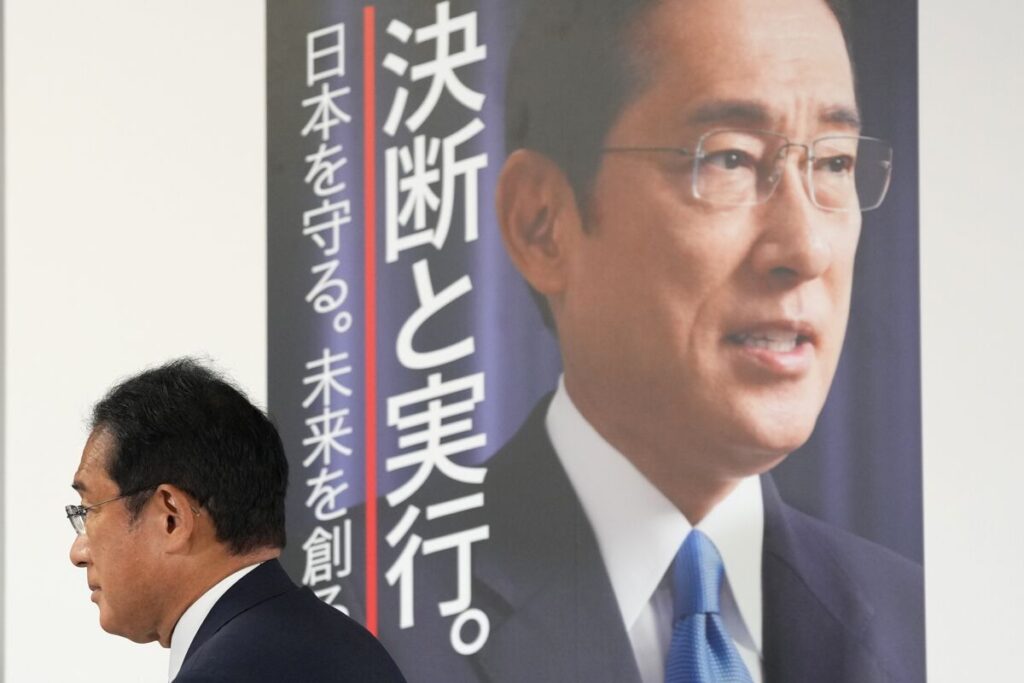Japan’s snap election has set the political cauldron bubbling in ways few could have predicted. It marks a critical moment in Japan’s modern political history as power shifts, surprising alliances, and new voices come to the fore. What led to this sudden electoral decision? And how will it reshape Japan’s future? Let’s dive into the twists and turns of this significant event.
The political scene has been fairly stable in Japan because of the Liberal Democratic Party’s take on the governmental seat over the past decades. For years, the Liberals maintained policies set on the growth of an economy, national security issues, and a strong take on issues of diplomacy. Despite occasional leadership changes, the party’s influence has often provided Japan with a predictable governance structure. However, recent shifts in public opinion and mounting pressures have stirred up Japan’s traditionally calm political waters.
Do Read:
New Leader Vote in Japan: Scandals Shake Up the Election Landscape
The Reasons Behind the Snap Election
So, what triggered this snap election? Japan’s political leaders don’t often call for sudden elections, making this a significant and calculated move. Two main factors have driven this choice: the ruling party’s need to solidify power and increasing public dissatisfaction.
A Move to Solidify Power
A very good chance that the muddle of the world round them gives strength to LDP as well, presented by the Japan Prime Minister as economic troubles face the nation and the safety of that region comes in question then LDP adopted its choice to seize on the issue when that party gets its electoral majority and gain its stance through winning stronger opinion on debated national issues by having the snap election through which that party could seek public consent and smother whatever infighting going in that organization to bring all on single front line against them.
Growing Public Dissatisfaction
Though the government of Japan has held a rather stable image to itself, lately, the masses have expressed growing anxieties on a number of areas including issues of economic inequity, healthcare, and policies about dealing with this country’s aging population. Increasing numbers of Japanese citizenry have felt their views were unheard, and consequently they now demand change. This tidal wave of frustration played in the minds in electing an election believing that rejuvenation would rebuild trust with the existing power or make new possibilities come out with governance.
Key Players in the Japanese Political Arena
Upon holding the election, all those key political players must work their way to the surface for a say in future leadership. From the government’s ruling party to its opponents, here is what defines their roles and strategies:
The Ruling Party’s Strategies
The LDP strategy of continuity and stability. Due to this, the party has been concentrating on its very long history of managing the policy of the economy as well as national security. As a result, with the agenda of revitalizing its economic policies and protecting its security and interests in the Asia-Pacific region, the LDP will be able to attract the people to believe it as still their best chance for stable administration.
Opposition’s Agenda and Barriers
The opposition parties in Japan, on the other hand, have adopted an election rhetoric of change and renewal while speaking to the public’s concerns about healthcare, social security, and economic inequality. However, a divided opposition still cannot present any cohesive challenge to LDP dominance, and most of its voters are skeptical about the ability of the opposition to make meaningful policy change. Yet against this background, the persistent call for reform from a beleaguered opposition fuels the dreams of an increasingly large number of disillusioned voters.
How the Election Shook Japan’s Political Status Quo
The election didn’t just reinforce existing political structures; it also introduced some unexpected dynamics, shaking the established order in fascinating ways.
In a way, this election breaks the mold because smaller parties and independent candidates are banding together to challenge the status quo of the political elite. These new voices range from green issues to demands for more progressive social policies. Their coming together speaks to an emerging demand for diversity in Japan’s political discourse.
Major Policy Debates and Public Opinion
The election has also highlighted key policy debates, especially concerning Japan’s economic policies and social welfare programs. Issues like inflation control, taxation, and healthcare have dominated public discussions. Public opinion has played a critical role here, with social media amplifying voices that demand a rethink of Japan’s priorities. The LDP’s approach to addressing these concerns has been conservative, while the opposition pushes for reforms that could bring significant changes to these areas.
The Impact on Japan’s Future
The ramifications of this election extend beyond immediate policy changes. The political upheaval has potential long-term effects on Japan’s economic future and its international relationships.
Economic Implications
The economic effect of the election may dictate the course of Japan’s inflation, old age, and growth. A victory for the ruling party means continuity in policy, stability, and reforms that are incremental. The opposition may, on the other hand, promise more radical economic reforms to balance inequality and guarantee welfare services.
Foreign Relations and National Security
This might further alter Japan’s role in the international political sphere. The result of this election is going to change the attitude of Japan on all hot issues from trade to security, and this would go according to the choice of strengthening the ties with the Western countries that are currently seen to be facing tough problems at the hands of neighbors. On the other hand, the opposition believes in equilibrist approach in relations with the neighbors to calm the tensions.


